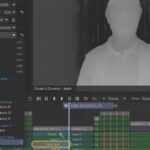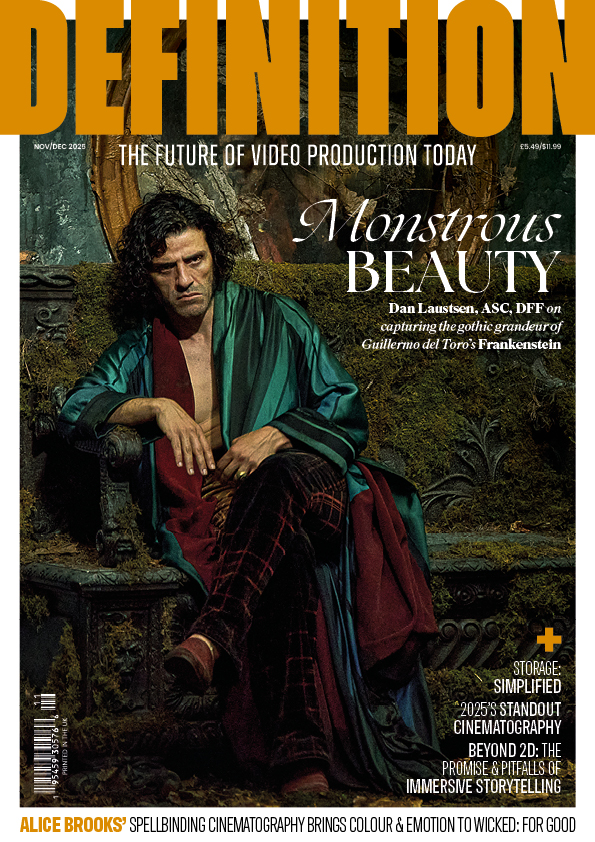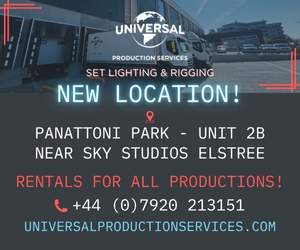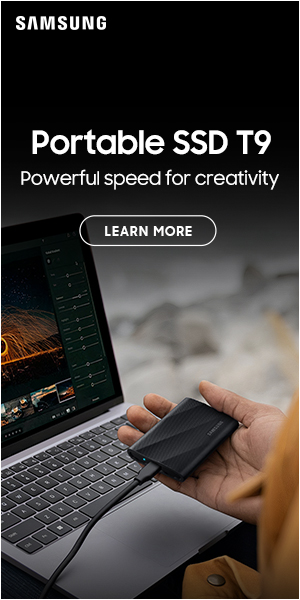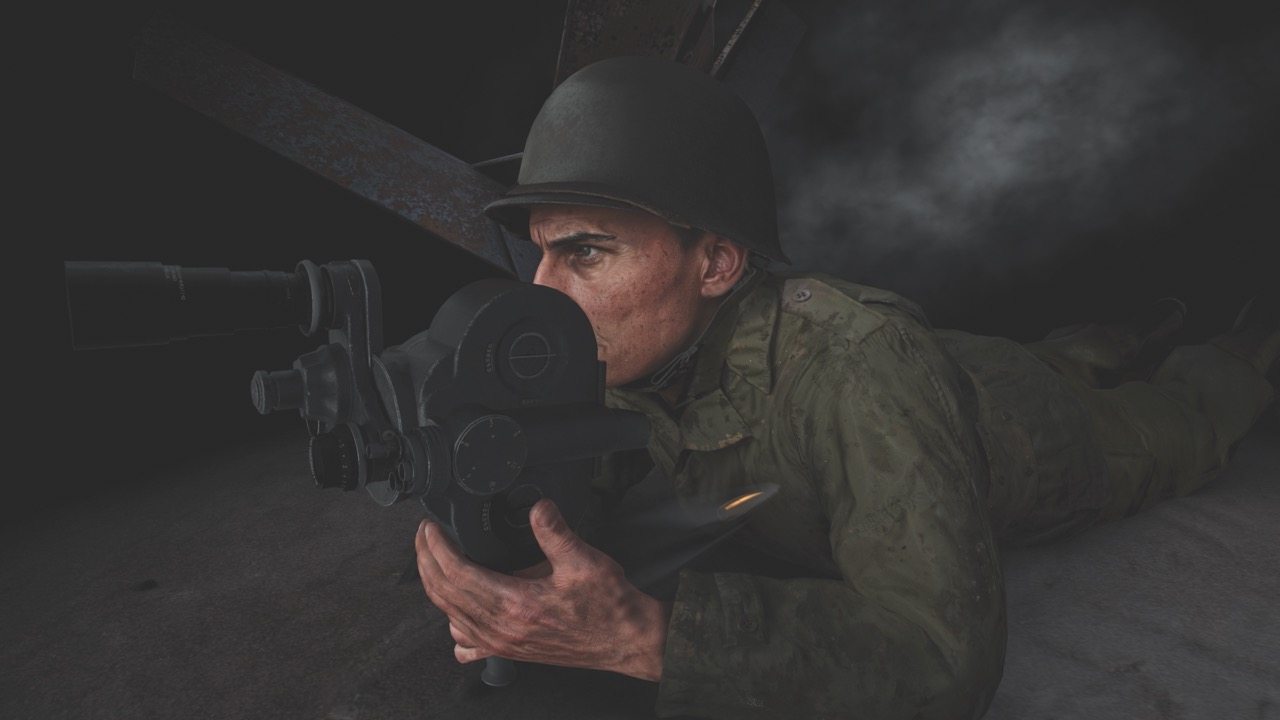
Documentary storytelling through spatial video
Posted on Aug 6, 2025 by Admin
TARGO taps into spatial video, stereoscopic 3D and interactive media to serve the story in D-Day: The Camera Soldier – a groundbreaking new immersive documentary
New documentary D-Day: The Camera Soldier, made for Apple Vision Pro, follows Jennifer Taylor as she pieces together the hidden story of her father – a combat cameraman who captured some of the most iconic footage from Omaha Beach. For years, she knew almost nothing about his role in the war, until a message out of the blue set her on a personal journey to understand the man behind the lens.
Produced by TARGO, the film combines archival footage, spatial video and 3D interactivity, bringing history and memories to life in a strikingly immersive way. “We’re now able to ask ourselves: ‘which medium is best suited to tell this specific part of the story?’. Previously, we worked in silos (360° video, stereoscopic video, interactive scenes), each format operating independently,” muses TARGO co-founder and director Chloé Rochereuil. “This project bridges those formats and allows us to choose the one that best serves the narrative; a huge leap forward for immersive creators.”
“One of the first challenges we faced was finding the right equipment: something lightweight, high-resolution and robust enough to follow life as it happens, without disrupting it,” adds Victor Agulhon, also co-founder of TARGO and producer on the documentary.
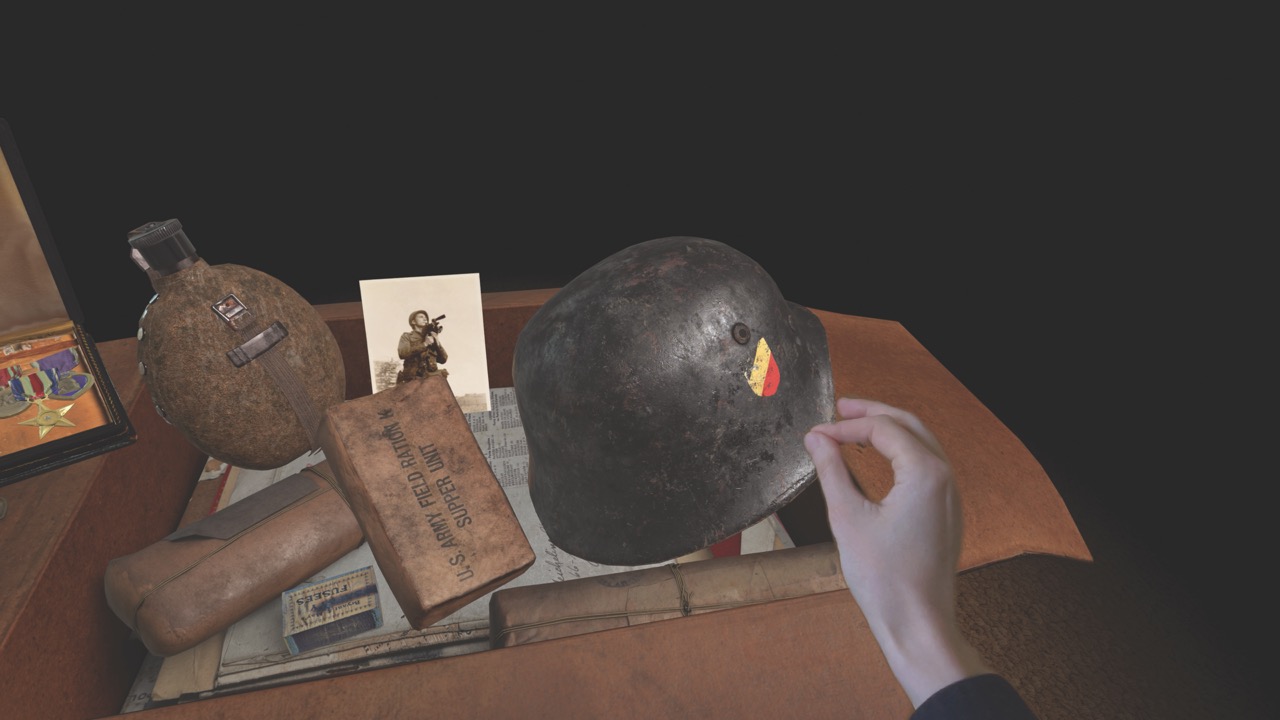
Building a spatial rig
Traditional high-resolution 3D rigs are large and cumbersome but, until now, they were the only way to capture high-quality spatial video. Needing an entirely different rig for this project, the studio developed a miniaturised rig around two Blackmagic Micro Studio Camera 4K G2 cameras for the spatial footage segments. “These cameras struck the right balance of cinematic image quality with a compact, lightweight form factor. They were also small enough to mount on a light beamsplitter, which allowed us to move the system easily, install it on dollies and sliders, and stay mobile indoors, outdoors or even on beaches.”
Another requirement was sensor-level synchronisation: “For 3D production, even a slight delay between two cameras creates viewer discomfort,” immersive DOP Maël Joanas notes. “The Micro Studio 4Ks gave us reliable genlock in a small form factor, without having to plug into AC power – crucial for fieldwork.”
Ultimately, it came down to a simple equation for the documentary producers: image quality, form factor and sensor synchronisation. “The Micro Studio 4Ks were the only cameras that brought all three together in the way we needed,” says Agulhon.
The compactness of the rig opened up creative possibilities. “We could film in tight, constrained environments, between furniture, in basements and very close to our subjects. One standout example is a beautiful shot that mimics the effect of a dolly zoom, with the cameras mounted on sliders. We could only make these creative choices because the rig was so lightweight and compact, so we could fit it in tiny spaces,” enthuses Rochereuil.
On Apple Vision Pro, audiences expect exceptional visuals, and these cameras allowed the TARGO team to meet the delivery specs – 4K resolution at 60fps – matching the visual quality required to sustain the immersive experience.
“We wanted to fully saturate the Vision Pro’s capabilities and approach real-world fidelity,” says Agulhon. “That priority shaped the decision to use Blackmagic equipment, as it provides the cinematic sharpness and depth needed to bring the immersive experience to life at the envisioned level.”
The TARGO team had worked with Blackmagic cameras on immersive documentaries before, and knowing the Blackmagic OS gave them confidence when building a custom 3D rig. “There’s uncertainty when doing something new, but having reliable, familiar cameras allowed us to focus on innovating elsewhere,” notes Agulhon.
Unifying post-production
The documentary post-production pipeline had to mirror the flexibility TARGO needed on-set, according to Joanas. “This was the first project on which we could bring the entire workflow together in DaVinci Resolve Studio: that’s editing, conform, grading and delivery. It allowed us to unify the entire video pipeline within a single tool, reducing the number of variables and centralising the process around a familiar skill set.”
Since this film includes interactive content and CGI that ultimately ends up in the real-time game engine Unity, having one place to manage everything video-related became crucial.
One of the most valuable aspects of working with DaVinci Resolve Studio was its native support for stereoscopic 3D workflows. The ability to view anaglyph 3D directly within the software made stereo adjustments far more intuitive.
“Historically, a large portion of our stereo alignment pipeline was scattered across various tools. On D-Day, we completed most of it in Resolve, which drastically reduced round trips, improving collaboration and helping us maintain visual consistency,” says Joanas.
A crucial step forward was having the ability to edit stereoscopic footage using a traditional 2D workflow. “We were essentially operating in a 2D environment, using stacked left and right images that synced with just a few clicks,” shares Joanas. “We could edit stereo video using a mono display while still exporting in side-by-side formats for delivery.”
Another significant benefit was the flexibility DaVinci Resolve Studio affords spatial video productions to collaborate with filmmakers who might not be familiar with immersive workflows, but are well versed in traditional 2D pipelines, according to Agulhon. “Because editing, colour and finishing can all be done within Resolve, it brought consistency across departments. Editors and colourists could work in the same ecosystem, so even with the unique, stereospecific steps, the overall workflow felt familiar, helping us to maintain both speed and quality throughout post.”
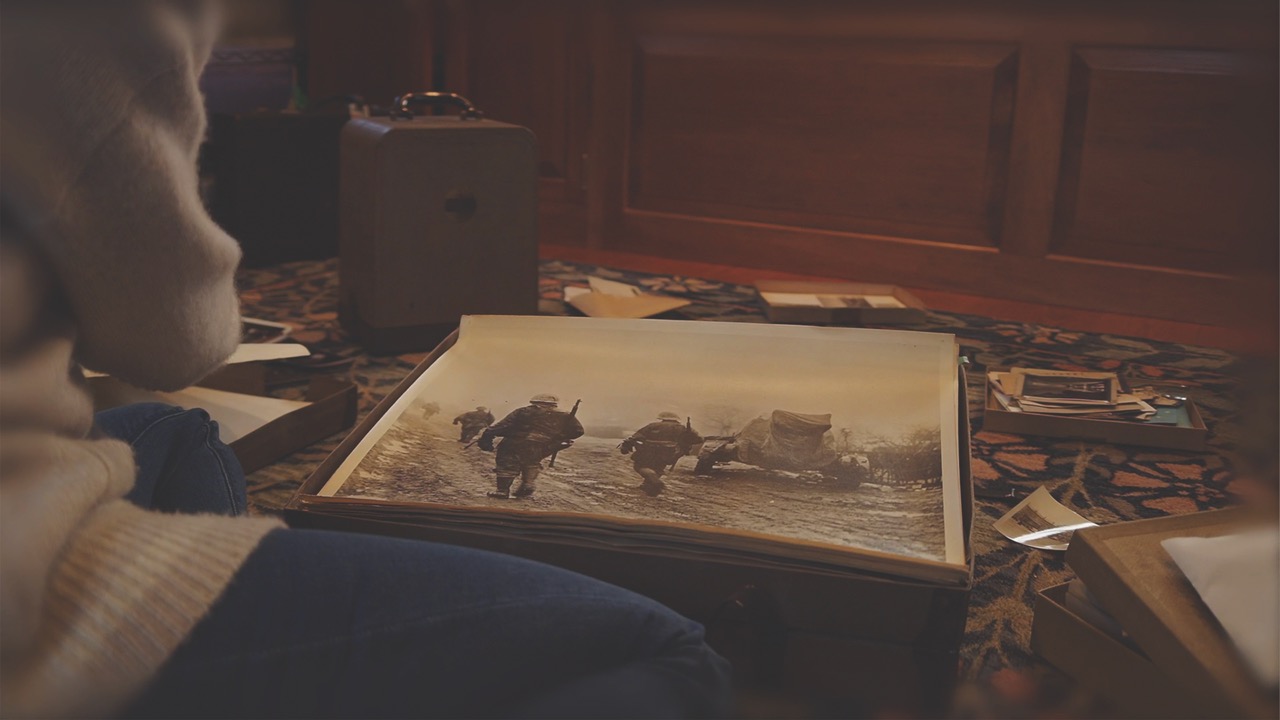
A new grammar of immersive storytelling
One thing that makes D-Day: The Camera Soldier special is how it blends multiple media types to serve the story. “It starts with 2D archival footage from World War II, then transitions into 3D, real-time interactive scenes, allowing viewers to step directly into the virtual environment. Using such a spectrum of media – at this level of quality and within a single narrative – had never been done before,” claims Rochereuil.
A leitmotif throughout is the recurring return to the 16:9 frame, which acts as a visual and emotional anchor. Each time it reappears, it serves a different narrative function, guiding the audience through a progressive deconstruction of the traditional frame and leading them deeper into the immersive experience. This project pushed every format used – spatial, cinematic and interactive – to its full expressive potential; always with the human story at its centre.
“Working on this film reinforced a shift happening in immersive media, as the technology has matured to the point where we can finally let the story lead again,” noted Rochereuil.
According to Agulhon, “Before, immersive content was often siloed, with 360° video over here, 3D video over there and interactive somewhere else. The project allowed us to bridge these three silos, presenting a very different way of thinking and allowing us to choose the medium that best served the moment. That choice guided every technical decision, including gear selection.”
“We’re proudest of how naturally it all came together, both for the story and the viewer. We succeeded in unifying multiple formats while remaining grounded in a profoundly human narrative: the story of Jennifer Taylor, daughter of Richard Taylor. Her journey to uncover her father’s legacy is the emotional thread that ties together this ambitious, innovative media architecture,” concludes Rochereuil.
Discover other immersive content available on Apple Vision Pro.
This story appears in the July/August 2025 issue of Definition


